10 Child Safety Principles Every Parent Needs to Know
Bumps and bruises are an inescapable part of childhood. Yet a light injury is only one step away from a dangerous fracture. To help a child avoid serious injury, parents need to follow some simple rules.
FunnyModo prepared 10 principles of child safety to help you protect your baby.
Sleep safety
- A baby should sleep on their back. Since 1992, when an official recommendation changed from “sleep on the stomach“ to ”sleep on the back,” the mortality rate from sudden infant death syndrome (SIDS) in the countries of Western Europe has decreased by 3 times.
- Quilted blankets with lace can block the baby’s respiratory tract during sleep. A hard mattress and taut elastic fitted sheets are all you need.
- A can of Coca-Cola should fit between the crib bars. This distance is optimum for a baby not to get stuck between the bars.
- A sleeping baby should be free from scarves, clothes, hats with ties, bibs, pacifiers, or toys with strings.
Fall and injury prevention
- Install in your house certified safety gates. When it comes to staircases, they should be placed both at the top and the bottom.
- Always buckle children when using high chairs or carriers. When putting your child into the carrier, set it on the floor, not on a chair, table, or other furniture.
- If your child moves around the house in a baby walker, watch that they stay away from stairs, heating appliances, and hanging wires.
- Put security bars on your windows. They must be provided with emergency release devices in case of fire.
- Ensure secure fixing of furniture (especially of high cabinets) and any other things that can tip and fall.
- If you have a project that needs you to hang down from your roof and paint or hang anything outside your house, Anchor points are what is going to keep you, well, anchored, from falling! Do check out the link provided. It is perfectly safe, and they provide a variety of anchor points as well.
Asphyxiation prevention
- Make sure toys don’t contain small parts your child can tear off and try to swallow.
- The diet of children under the age of 5 shouldn’t contain round-shaped solid foods, such as sliced sausage, nut kernels, hard candies, grapes, and maize.
- Keep wires and cords out of your child’s reach. Move cribs, playpens, toys, and children’s furniture away from these objects.
- From time to time, walk on all fours — you’ll soon notice things your child can put in their mouth.
- Go to chest compression and artificial respiration courses to perform CPR if necessary.
Fire safety
- Hide matches and lighters from your children. Don’t keep lighters and other fire sources that look like toys in the house.
- Don’t hold a baby while cooking. Watch irons and hair dryers, unplug them after use, and put them in a safe place.
- Cook on the back burners, and keep hot food out of a child’s reach. Turn long handles of pans away from the edge.
- Reduce the time your child spends next to a hot stove, and install a protective barrier around the stove if possible.
- Install a smoke alarm at home — it helps to reduce the risk of death in emergencies by half.
Poison prevention
- If you suspect that your child has swallowed any dangerous substance, don’t try to induce vomiting or make the child wash down what they swallowed without consulting a doctor.
- More than half of all childhood intoxications are provoked by accidental medication intake. Keep all drugs (even vitamins) out of children’s reach. Don’t call medicine “candy” — it may provoke the child’s interest in them.
- Install special locks on the cabinet doors where you keep household detergents and medicines.
- Keep small electronics and gadgets that contain lithium batteries away from children. These include car alarms, clocks, remote controls, flameless candles, laser pointers, flashlights, etc.
- Include in your cell phone the number of the nearest clinic or doctor to get advice in the event of poisoning or other dangerous situations.
By the water
- When bathing, drain the tub immediately after you finish all procedures. Toilet lids, doors to the bathrooms, and laundry rooms should be permanently closed.
- Open water (even in an ordinary barrel or bucket) in a garden should be fenced in because a child could fall in and drown.
- More than half of parents believe that if their child knows how to swim, they don’t need supervision when by the water. In fact, 47% of drowned children aged from 10 to 17 had swimming skills.
- As a rule, tragedies in the water take place silently and within no more than 1 minute. Therefore, watch your child, and don’t get distracted by reading books, talking on the phone, or other things.
“W” sitting position
- “W-sitting“ is one of the most common and comfortable sitting positions for many kids. However, this position may increase the risk of several health issues. It can cause serious orthopedic problems, delays in the development of postural control and stability, and motor skills.
- The best and the most effective way to prevent your kids from W-sitting is to prevent it from becoming a habit. So, anticipate it and catch it before your child starts sitting in this position.
- If you do see your little ones in ”W” position, consistently encourage them to adjust to a different position, e.g. they can either sit with their legs straight out or both knees bent to one side. This will have a positive effect on your kids’ growth and development!
In a car
- A child can sit in an adult chair only if their height exceeds 140 cm (4′ 6“) and they weigh at least 32 kg (70.8 lbs). If the child is too big for a portable child seat but still cannot sit in an adult one, you need to use a booster seat (a car seat without a back).
- Seats for children under the age of 2 should be set against the car movement. Before you start the car, try “pinching” a belt, and if a fold formed — tighten it. The car seat itself shouldn’t move more than 2-3 cm.
- If the child uses an adult seat, they have to wear regular seat belts. The upper part of the belt must pass over the child’s chest and shoulder, and not across the neck, while the lower part should lie on the hips, not across the stomach.
- Keep hot food, large gifts, and anything that can begin to move about the interior during braking away from the child.
Cycling
- If you bought your child a bicycle, roller skates, or scooter, be sure to buy a helmet as well as it’s the only effective protection against brain injury.
- Children’s clothes while riding should be bright, preferably with reflective elements. Bicycles must be equipped with front and rear light sources.
- Before your child leaves for a ride, check whether the lights are well fixed, how the brakes and gears work, and the wheel condition.
- Before letting your child ride a bike, teach them to engage in eye contact and give hand signals to both drivers and pedestrians.
Based on materials from 03-deti

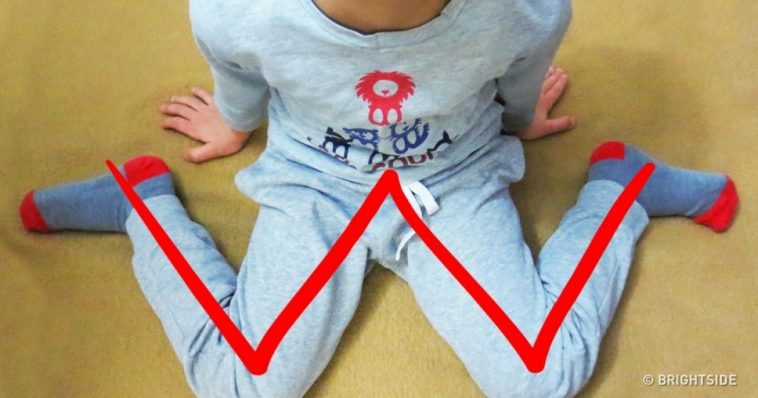
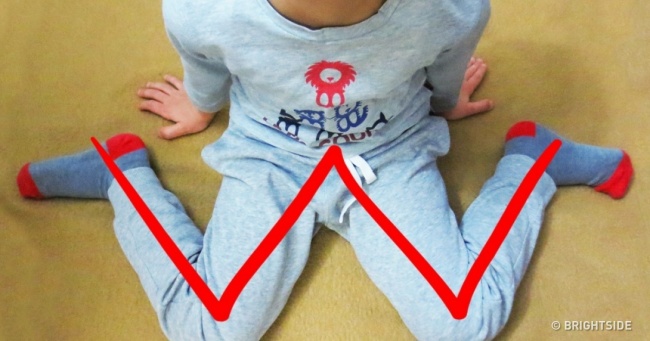
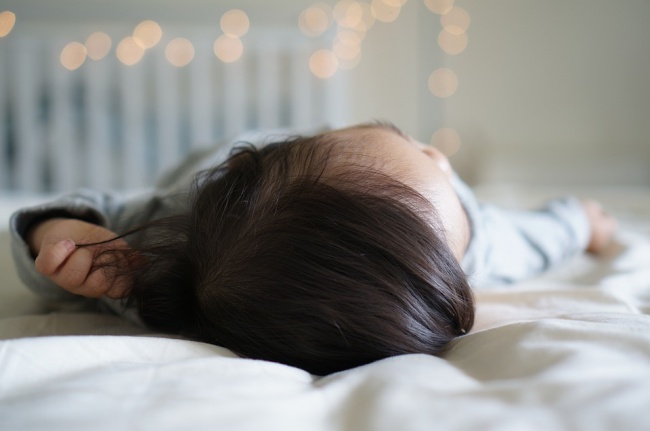

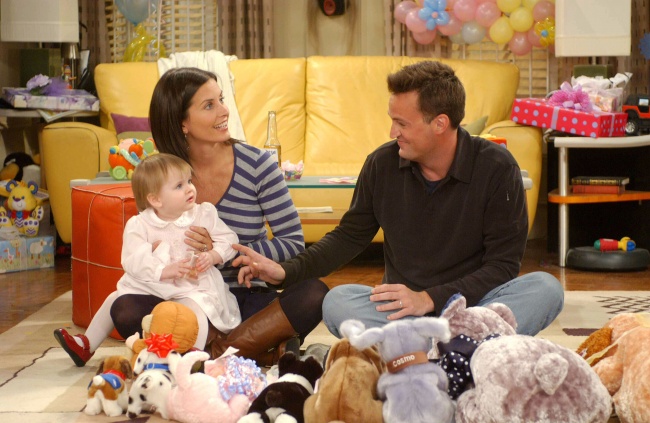
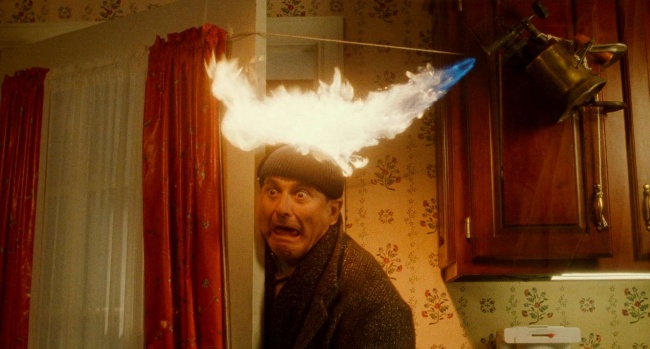
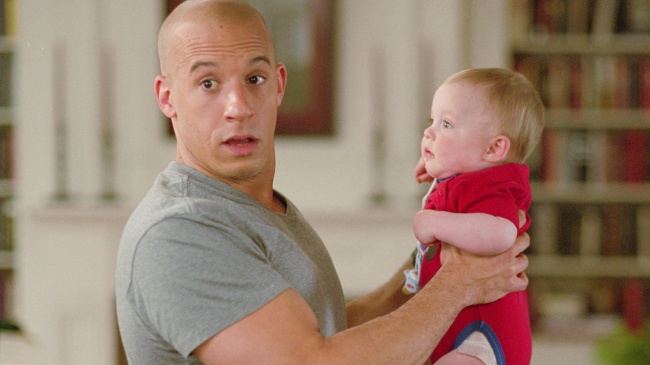
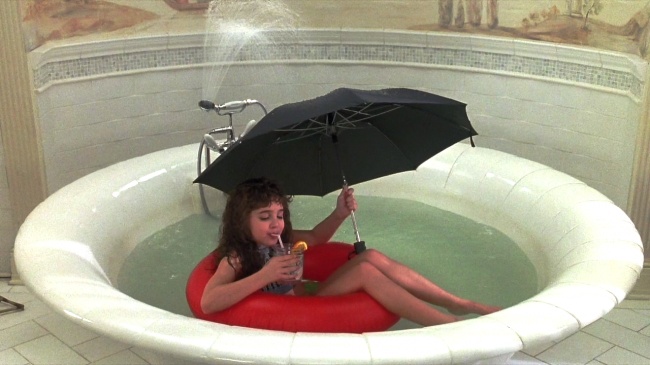

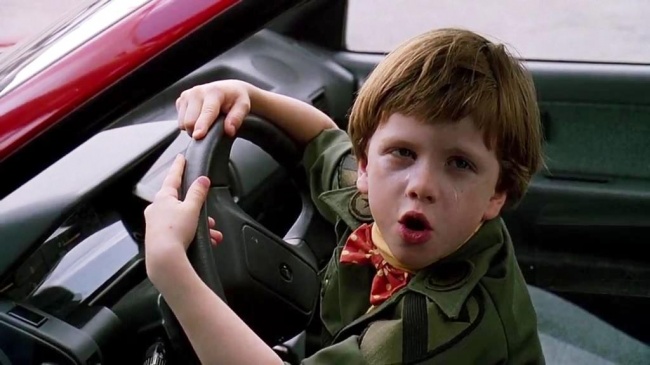
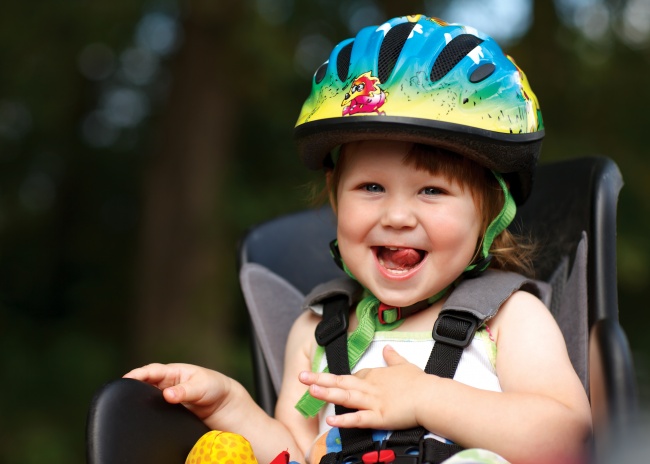
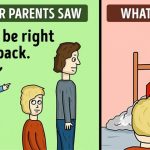

Comments